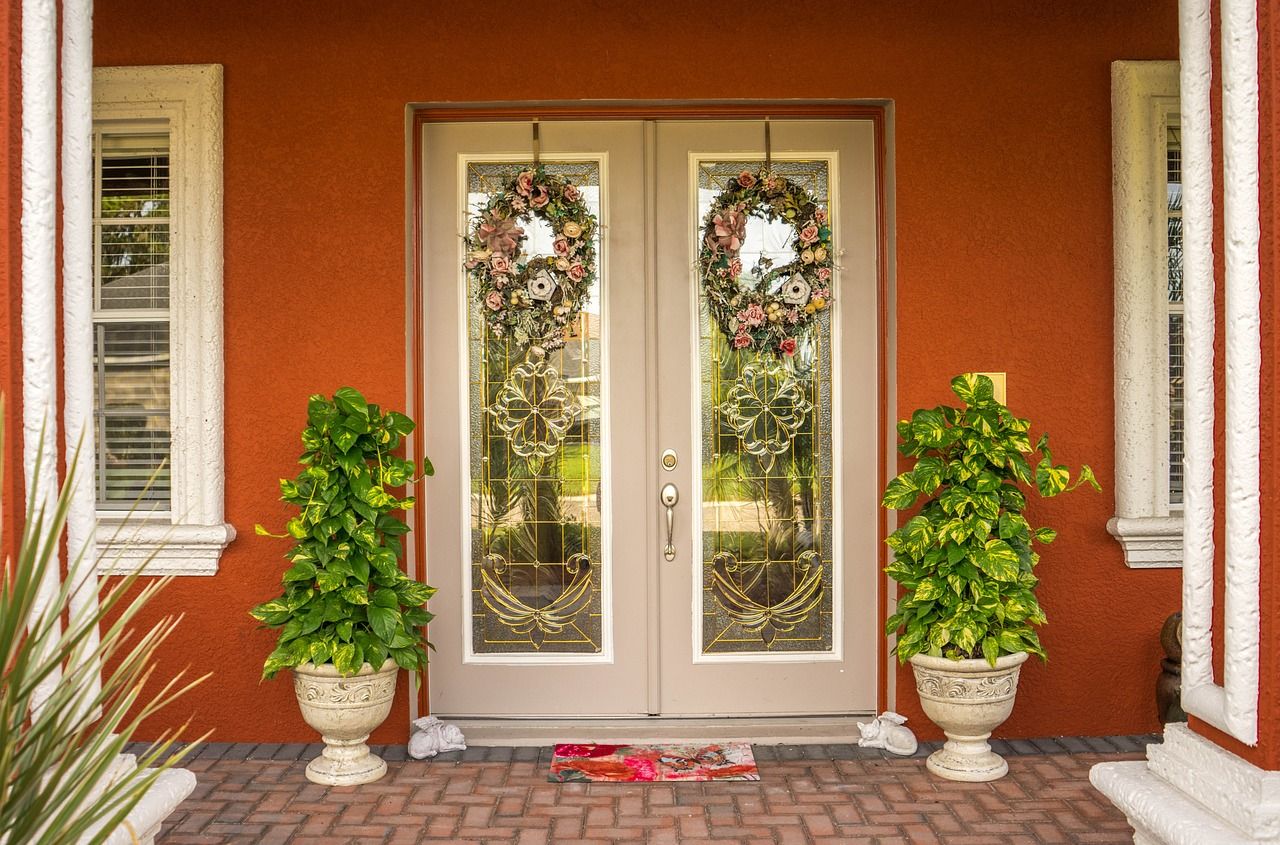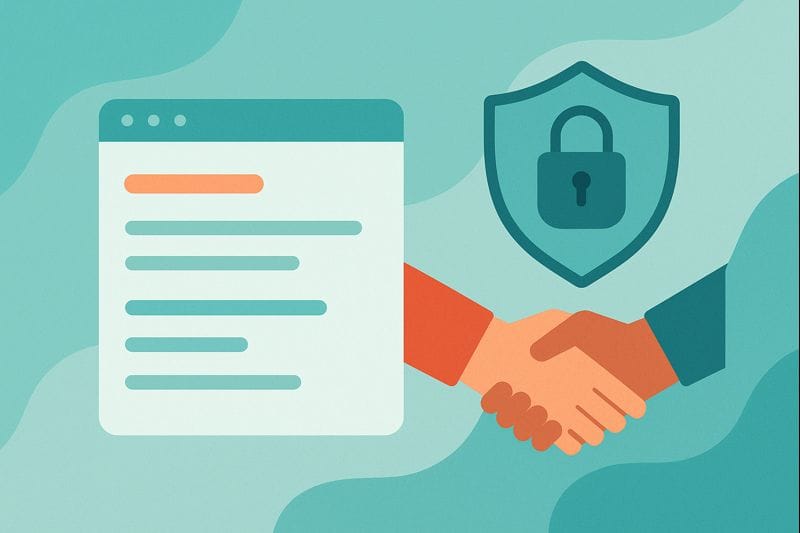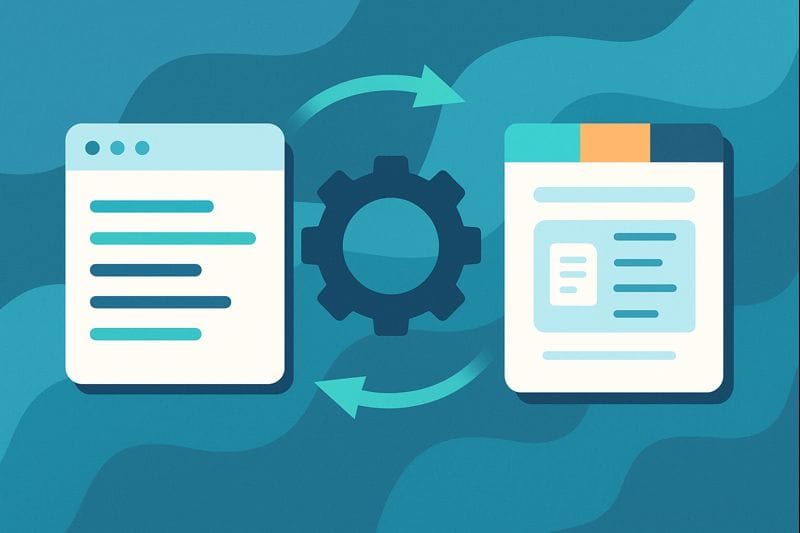Navigating the financial landscape can be challenging, especially when it comes to choosing the right institution for your personal loan needs. This article will explore one of the key players in this landscape - national lenders, comparing them with other financial institutions. We will delve into the advantages of national lenders, and provide practical advice on how you can choose the right national lender for your personal loan. Whether you're a first-time borrower or looking to switch lenders, this guide aims to equip you with the knowledge to make informed and beneficial financial decisions. Let's embark on this financial journey together.
Signs You Need a New Front Door
A front door is not just a gateway to your home; it's a statement of style and a critical component of your home's security. However, over time, even the sturdiest doors can wear down, and you might find yourself needing a new one. Here are some signs that indicate it's time to replace your front door.
1. Difficulty in Operation
If your front door has become challenging to open or close, it might be due to warping or damage to the frame. This difficulty can be a sign it's time for a replacement.
2. Visible Damage
Cracks, chips, or dents on your door aren't just unsightly; they can also compromise the door's structural integrity. If your door has visible signs of wear and tear, consider getting a new one.
3. Drafts
Feeling a draft, even when your door is closed, is a sign that the door isn't insulating your home effectively. Drafts can lead to increased heating and cooling costs, suggesting a need for door replacement.
4. Increased Noise
If outside noise seems louder than usual, it could be because your door isn't providing adequate sound insulation. A new door can help reduce noise pollution.
5. Outdated Design
Sometimes, the need for a new front door isn't about function but aesthetics. If your door looks outdated or doesn't match your home's style, it might be time to replace it.
6. Frequent Repairs
If you find yourself frequently repairing your door, it might be more cost-effective to replace it.
7. Poor Security
An old or damaged door can be easy for intruders to breach. If your door doesn't make you feel secure, it's time for a new one.
8. Declining Home Value
If you're planning to sell your home, an old, worn-out front door can decrease your property's value. A new door can boost curb appeal and potentially increase your home's value.
Replacing your front door can seem like a significant task, but it's essential for maintaining your home's security, energy efficiency, and aesthetic appeal. So, if you notice any of these signs, it might be time to invest in a new front door.
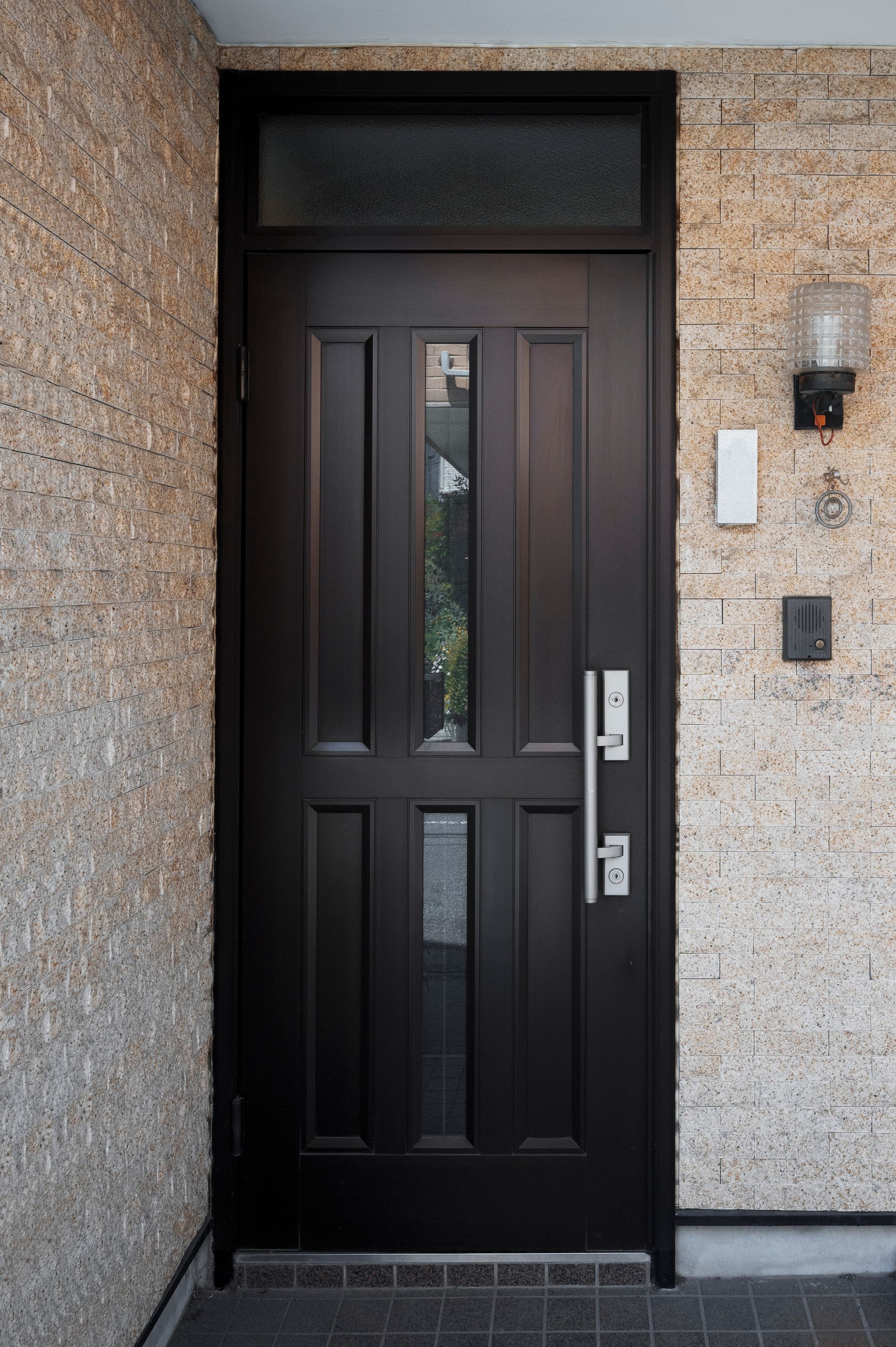
How to Save Money on a Front Door
Replacing a front door can be a significant investment, but with careful planning and smart choices, you can save money while still ensuring quality and style. Here are some strategies to help you cut costs on your front door replacement.
1. Research and Compare Prices
Don't settle for the first door you see; instead, take time to research various stores and online platforms. Compare the prices, quality, and styles available. Look out for sales and discounts that could significantly reduce your expenditure.
2. Choose Cost-Effective Materials
Front doors come in various materials, each with its price point. While solid wood doors might be appealing, they are often more expensive. Steel or fiberglass doors can be more affordable, durable, and energy-efficient. Evaluate your needs and choose the most cost-effective material that meets them.
3. DIY Installation
If you're handy with tools, consider installing the door yourself. There are plenty of tutorials online that can guide you through the process. However, ensure you're confident in your abilities; a poorly installed door can lead to more costs in the long run.
4. Reuse Hardware
If your existing door's hardware – like knobs, locks, and hinges – is still in good condition, consider reusing it. This approach can save you the cost of new hardware.
5. Energy Efficiency
While energy-efficient doors might cost more upfront, they can save you money in the long run by reducing heat loss and lowering energy bills. Look for doors with good insulation and energy-saving certifications.
6. Repair Instead of Replace
Sometimes, a fresh coat of paint or minor repairs can give a door new life, eliminating the need for a full replacement. Assess the condition of your current door and consider if refurbishing could be a cost-effective option.
7. Negotiate
Don't be afraid to negotiate prices, especially at local stores. Some retailers might be willing to offer discounts to make a sale.
8. Plan Ahead
Last-minute purchases can lead to overspending. Start planning your door replacement well in advance, giving you sufficient time to find the best deals.
Saving money on a front door replacement doesn't mean compromising on quality. By being strategic and resourceful, you can find a door that's affordable, stylish, and reliable.
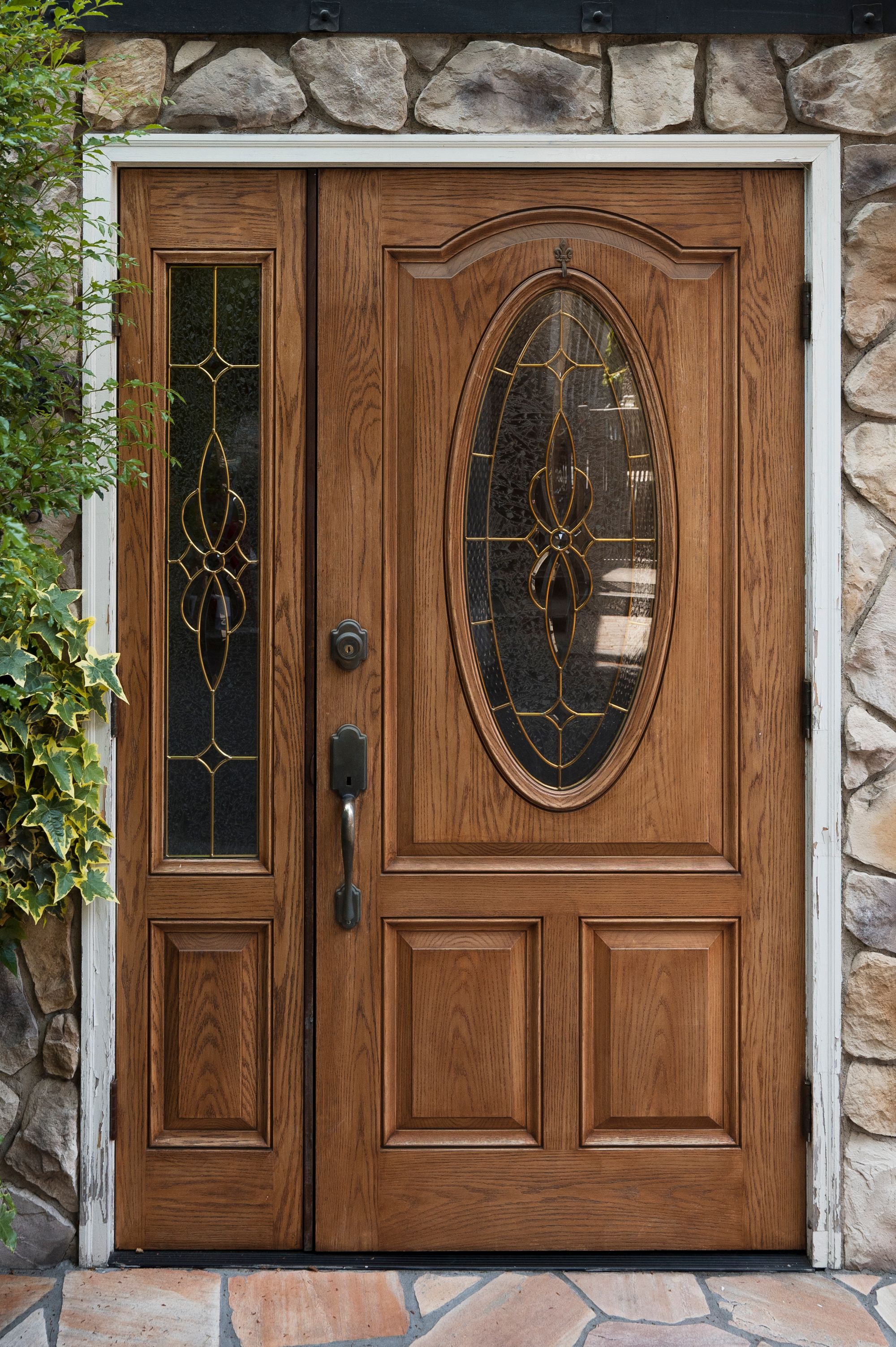
DIY Front Door Installation or Replacement vs. Hiring a Professional
When it comes to front door replacement or installation, homeowners face the decision of whether to take the DIY route or hire a professional. Both options have their pros and cons, involving factors such as time, effort, skill level, and overall cost. Let's delve into these aspects to help you make an informed decision.
DIY Front Door Installation or Replacement:
Pros:
1. Cost Savings: The most significant advantage of DIY is cost savings. You can save on labor costs by doing the work yourself.
2. Flexibility: With DIY, you can work at your own pace and on your schedule. You don't need to coordinate with a contractor's availability.
3. Personal Satisfaction: There's a sense of accomplishment that comes with completing a home improvement project on your own.
Cons:
1. Time and Effort: DIY projects can be time-consuming, especially if you're not experienced. You might need to invest time in learning how to do the task correctly.
2. Risk of Mistakes: Improper installation can lead to problems like drafts, leaks, or security vulnerabilities. Mistakes can end up costing more in the long run.
3. Lack of Warranty: Some manufacturers' warranties become void if the product isn't installed by a certified professional.
Hiring a Professional:
Pros:
1. Expertise: Professionals have the skills and experience to ensure the door is installed correctly and securely. They can also handle any unexpected issues that arise during the installation.
2. Time-Efficient: A professional can typically complete the job in a few hours, which would likely take a DIYer a whole day or more.
3. Warranty: If the installation is part of the door purchase, it's often covered by a warranty, giving you peace of mind.
Cons:
1. Cost: Hiring a professional is more expensive due to labor costs.
2. Scheduling: You'll need to coordinate with the installer's schedule, which might not always align with yours.
In conclusion, the choice between DIY and professional door installation depends on your comfort with handy work, budget, and timeline. If you're confident in your skills and have the time, DIY could save you money. However, for a quick and secure installation, hiring a professional could be worth the extra cost.
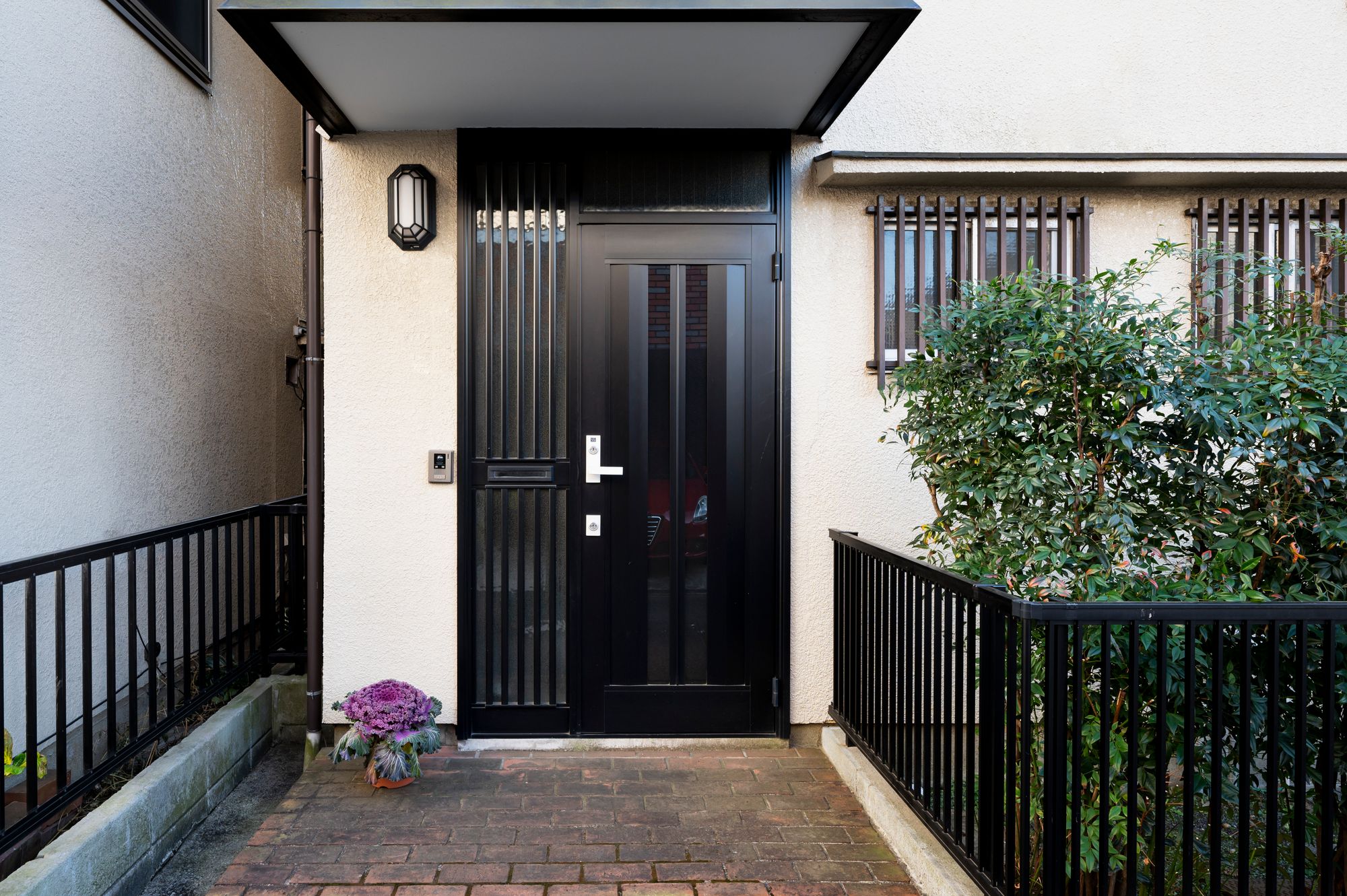
Questions to Ask About Door Installation or Replacement
When considering door installation or replacement, it's crucial to ask some key questions to ensure you make an informed decision. Here are some important queries to raise:
1. What is the Cost: The first question should always be about the overall cost. This should include the price of the door itself, installation fees, and any additional costs for hardware or finishing.
2. Is it Better to Repair or Replace: Sometimes, your existing door might just need a little TLC rather than a complete replacement. Ask whether a repair could be a cost-effective and practical alternative.
3. What are the Best Materials for my Needs: Doors come in various materials, including wood, fiberglass, and steel. Ask about the pros and cons of each, considering factors like durability, maintenance, and cost.
4. How Energy Efficient is the Door: Energy efficiency is a crucial factor. An energy-efficient door can help reduce your heating and cooling costs. Ask about the door's energy rating and insulation properties.
5. Who will Install the Door: Whether you're doing it yourself or hiring a professional, it's essential to know who will handle the installation. If a professional is involved, ask about their experience and credentials.
6. What is the Expected Lifespan of the Door: Knowing how long your new door is expected to last can help you assess its value for money.
7. Is there a Warranty: A warranty can provide peace of mind and protect against any manufacturing defects or installation issues. Ask about the warranty terms and what it covers.
These questions can help guide your decision-making process and ensure you choose the right door for your home, budget, and lifestyle.
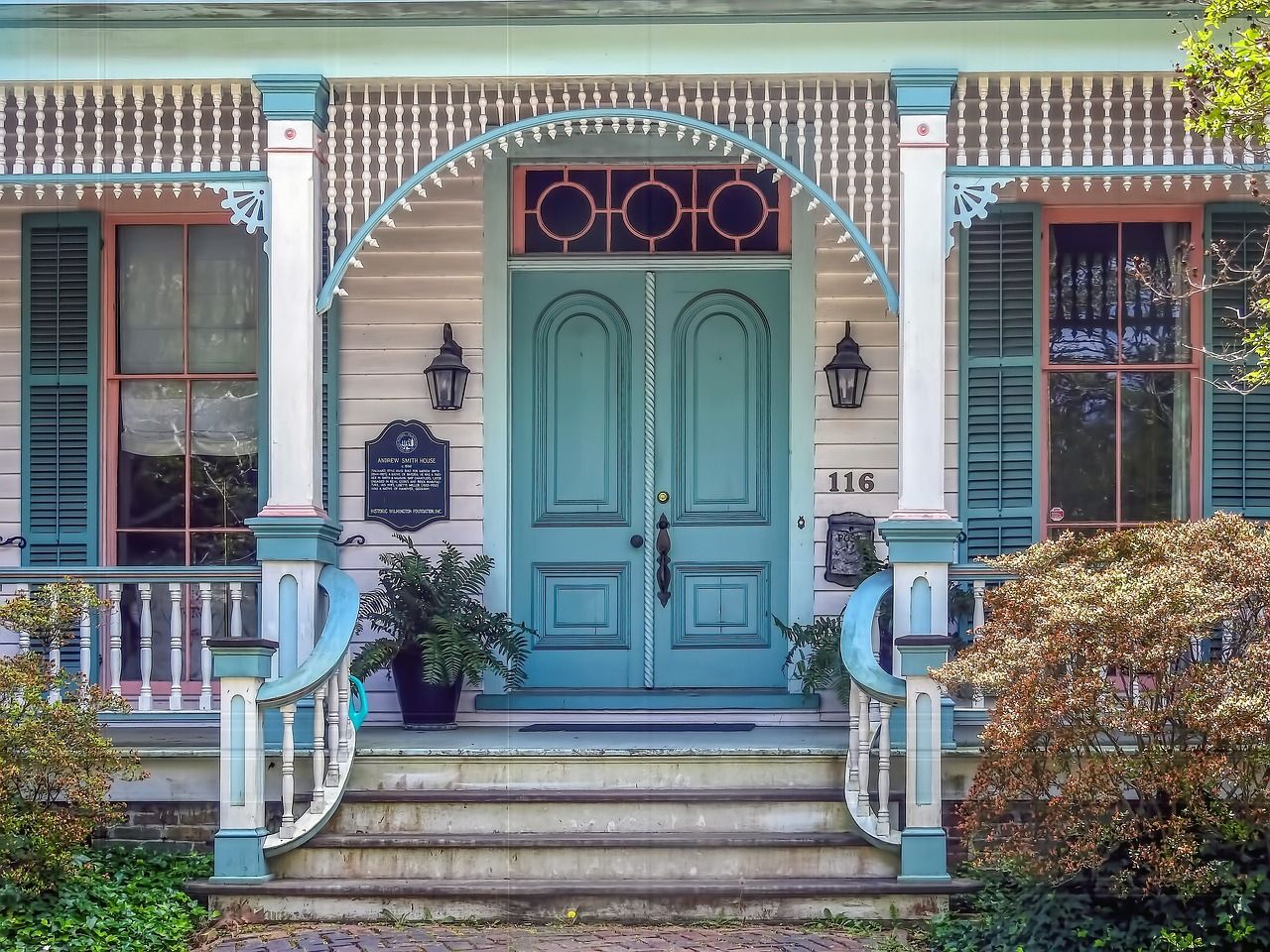
How to Finance Door Installation or Replacement
Financing a door installation or replacement can be a significant consideration, particularly if you're opting for a high-quality, energy-efficient model. Fortunately, several financing options can help spread the cost over time, making it more manageable. Here's how you can finance your door installation or replacement:
1. Savings
If you've been putting money aside for home improvements, this could be the most straightforward way to finance your door replacement, avoiding any interest charges.
2. Credit Cards
Many people choose to use a credit card for home improvement projects. Some cards offer interest-free periods or rewards, which can be beneficial if you are confident you can pay off the balance within that timeframe.
3. Personal Loans
Personal loans can be an excellent option if you need to borrow a larger amount. They offer fixed repayments over a set period, helping you manage your budget.
4. Home Equity Loans or Lines of Credit (HELOC)
If you have equity in your home, you can borrow against it with a home equity loan or a HELOC. These types of loans typically offer lower interest rates than credit cards or personal loans.
5. Manufacturer or Retailer Financing
Some door manufacturers or retailers offer financing options, often in partnership with financial institutions. These may include zero-interest promotional periods or extended payment terms.
6. Energy Efficiency Grants or Rebates
Depending on your location, you may be eligible for government grants or rebates for installing energy-efficient doors. These can significantly reduce the overall cost.
SimpleDirect can be a considerable help in this process. This platform allows you to compare loan offers from various lenders, ensuring you find the best terms and rates. Whether you're looking for a personal loan or a home improvement loan, SimpleDirect can help you navigate your options, making financing your door installation or replacement a smoother and more manageable process.
Remember, it's essential to assess your financial situation before deciding on a financing option. Consider the interest rates, repayment terms, and any potential impact on your credit score. By doing so, you can ensure that financing your door installation or replacement doesn't put you under financial stress.
Whether you're considering a DIY project or hiring a professional for door installation or replacement, it's essential to weigh the pros and cons. Factors like cost, time, effort, skill level, and warranty should influence your decision. Also, remember to ask relevant questions about costs, materials, installation, efficiency, and warranty to make the best choice.
When it comes to financing your door replacement, several options are available. You can use savings, credit cards, personal loans, home equity loans, retailer financing, or even energy efficiency grants. SimpleDirect can help you navigate these options and find the most suitable financing solution for you. So why wait? Explore SimpleDirect's services today to make your door installation or replacement project a reality.


